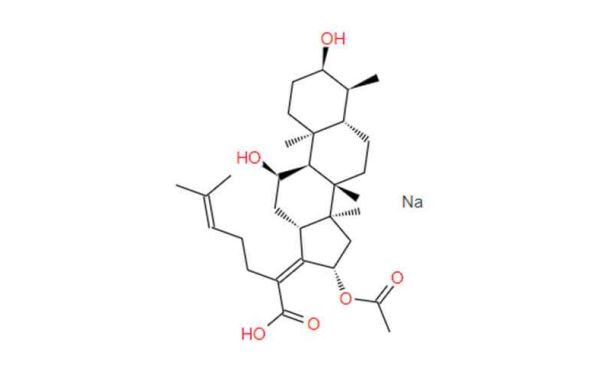In this article, we explore the latest innovations in bioprocessing and manufacturing techniques for sodium fusidate API.
Bioprocessing Innovations
Bioprocessing involves the use of biological systems, such as microorganisms or enzymes, to produce desired compounds. Innovations in bioprocessing have led to improvements in yield, purity, and sustainability of sodium fusidate production.
- Strain Improvement: Researchers have focused on enhancing the fermentation strains of Fusidium coccineum to increase sodium fusidate yield. Genetic engineering techniques, such as strain mutagenesis and genome editing, have been employed to optimize the production pathways and enhance productivity.
- Fermentation Optimization: Bioreactor design and fermentation conditions play a crucial role in maximizing sodium fusidate production. Advances in bioreactor technology, such as the use of controlled fermentation parameters (temperature, pH, oxygen levels) and novel media formulations, have contributed to higher yields and improved process efficiency.
- Downstream Processing: Purification of sodium fusidate from fermentation broth involves multiple steps, including extraction, separation, and purification. Novel chromatography techniques, membrane filtration, and precipitation methods have been developed to streamline the downstream processing, resulting in higher purity and reduced processing time.
Manufacturing Innovations
Manufacturing sodium fusidate API requires stringent quality control measures to ensure product consistency and compliance with regulatory standards. Innovations in manufacturing technologies have focused on enhancing the efficiency, scalability, and sustainability of the production process.
- Continuous Manufacturing: Traditional batch manufacturing processes are being replaced with continuous manufacturing systems for sodium fusidate production. Continuous flow reactors allow for real-time process monitoring and control, leading to improved product quality, reduced cycle times, and lower manufacturing costs.
- Green Chemistry Approaches: Sustainable manufacturing practices have gained traction in the pharmaceutical industry. Green chemistry principles, such as the use of renewable raw materials, solvent-free processes, and waste minimization strategies, are being implemented in sodium fusidate manufacturing to reduce environmental impact and enhance sustainability.
- Quality by Design (QbD): QbD principles emphasize the systematic approach to product development and manufacturing, focusing on understanding and controlling the critical process parameters that affect product quality. By employing QbD principles, manufacturers can optimize the sodium fusidate production process, enhance product consistency, and reduce the risk of manufacturing-related issues.
Conclusion
Innovations in bioprocessing and manufacturing techniques have revolutionized the production of sodium fusidate API, making it more efficient, sustainable, and cost-effective. Strain improvement, fermentation optimization, continuous manufacturing, and green chemistry approaches have contributed to higher yields, improved product quality, and reduced environmental impact. As research and development in this field continue to advance, further innovations are expected to drive continuous improvement in sodium fusidate manufacturing, ensuring a stable supply of this essential antibiotic for years to come.







